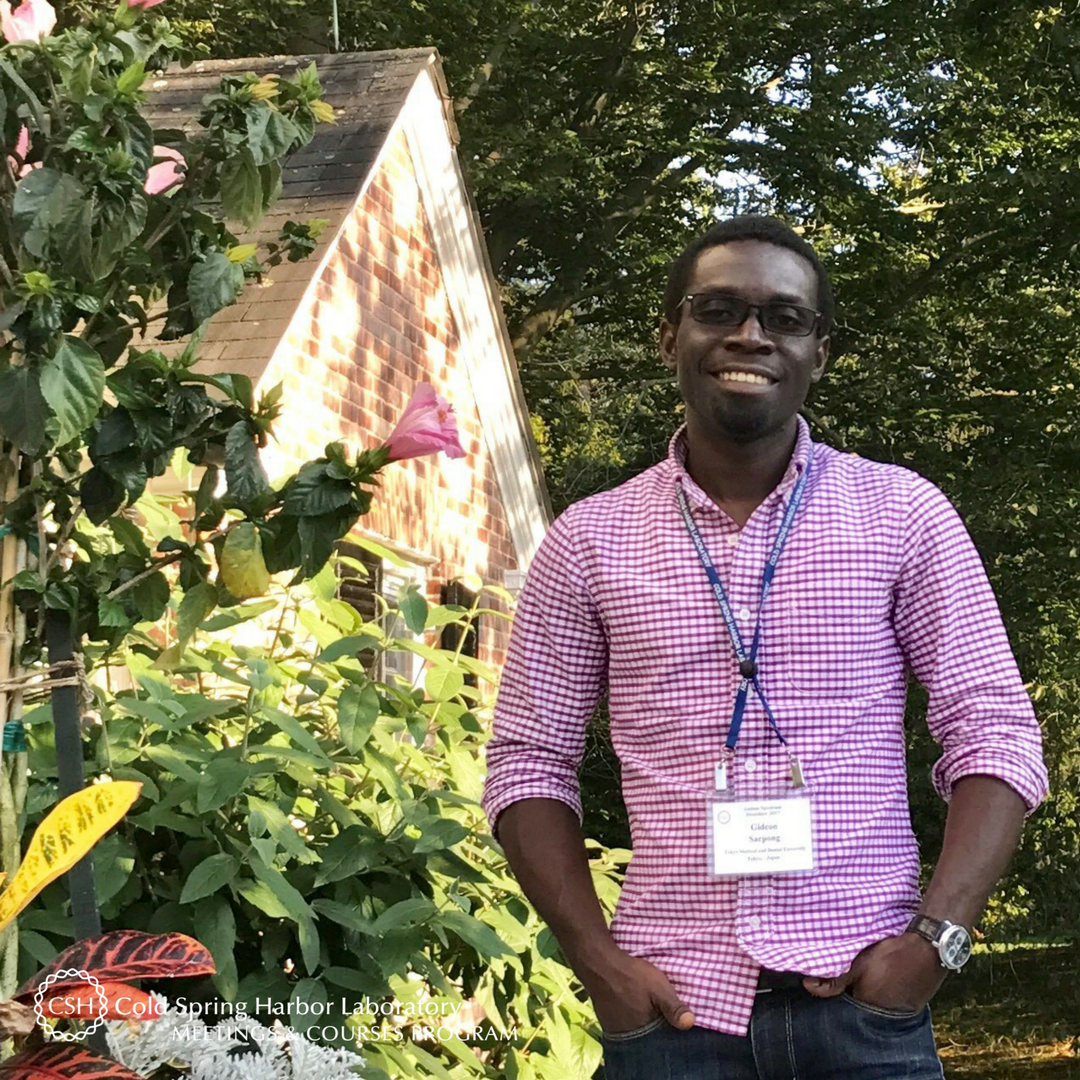Meet Chantell Balaan of the University of Hawai’I at Mānoa where she is a PhD student in the only Astyanax mexicanus (Mexican tetra) lab in Hawai'i led by her PI, Dr. Masato Yoshizawa. Chantell recently wrapped up a week at our lecture-based workshop on Autism Spectrum Disorder (ASD) – her first course at CSHL.
What are your research interests? What are you working on?
My current research focuses on utilizing a novel model, Astyanax mexicanus (Mexican tetra), to better understand ASD etiology and how various diets may affect our model both behaviorally as well as physiologically.
How did you decide to make this the focus of your research?
I have always appreciated the biomedical relevance to our research and would like to further pursue it in a translational way. Our ultimate goal is to develop robust, streamlined therapies for the children and families dealing with ASD.
How did your scientific journey begin?
My journey in science started as a curious little girl wading in the taro patches of my family’s farm where I spent my weekends observing nature. I believe it was here where I developed my observational skills that I currently utilize in my behavioral research.
Was there something specific about the Workshop on Autism Spectrum Disorder that drew you to apply?
The opportunity to apply to this workshop was advertised by my PI’s mentor, Dr. Margaret McFall-Ngai who urged that this would be a great opportunity. The panel of speakers really drew me in to apply and the topics to be covered is significant to the overall direction of my PhD.
What and/or how will you apply what you’ve learned from the workshop to your work?
I have a greater understanding of the clinical perspective and implications of our animal research and I want to always be conscious of this when analyzing my data, especially when I am trying to characterize a fish across ASD-relevant behaviors.
What is your key takeaway from the workshop?
I have several takeaways from the course: 1) ASD is a heterogeneous condition; therefore, our approach need to be a heterogeneous one as well, and 2) There is no one best way to behaviorally and physiologically model ASD using a non-human model. There is no one best non-human model out there, but each model still has its importance in helping us understand basic brain biology that can better inform us of the underlying neurological mechanisms of ASD.
If someone curious in attending this workshop asked you for feedback or advice on it, what would you tell him/her?
I would definitely recommend them to take the workshop! This workshop exceeded my expectations and opened my mind to the field in a more comprehensive matter. Because I am studying Autism Spectrum Disorder, there is both a clinical and bench work research component to the field. At this workshop, there was a great balance between lecturers and presentations of that dynamic. If you want to attend a course and are interested, please apply!
What do you like most about your time at CSHL?
I enjoyed the scenery here in Long Island! It is truly beautiful and has a peaceful atmosphere to it. I know it may be odd to hear that given I am from Hawaii, but there is a different type of beauty that blankets the Banbury campus. There is also a nice beach that is a short walk behind the Robertson House. Additionally, the Robertson House was arranged nicely and our accommodations fit the scenery.
Chantell received financial support from the International Brain Research Organization (IBRO) to cover her course tuition. On behalf of Chantell, thank you to IBRO for supporting and enabling our young scientists to participate in training courses where they expand their skills, knowledge, and network.
Thank you to Chantell for being this week's featured visitor. To meet other featured scientists - and discover the wide range of science that takes part in a CSHL meeting or course - go here.



